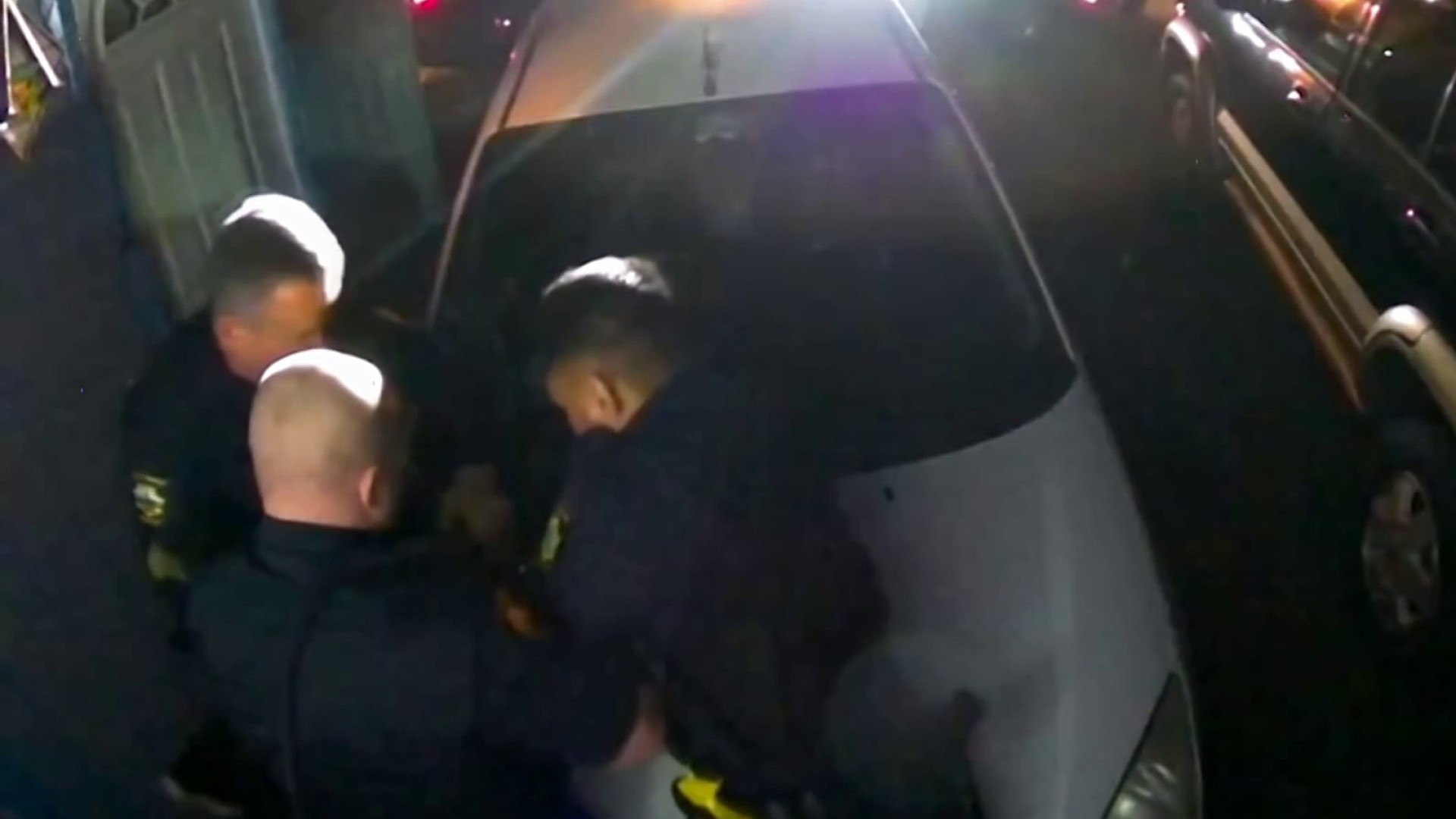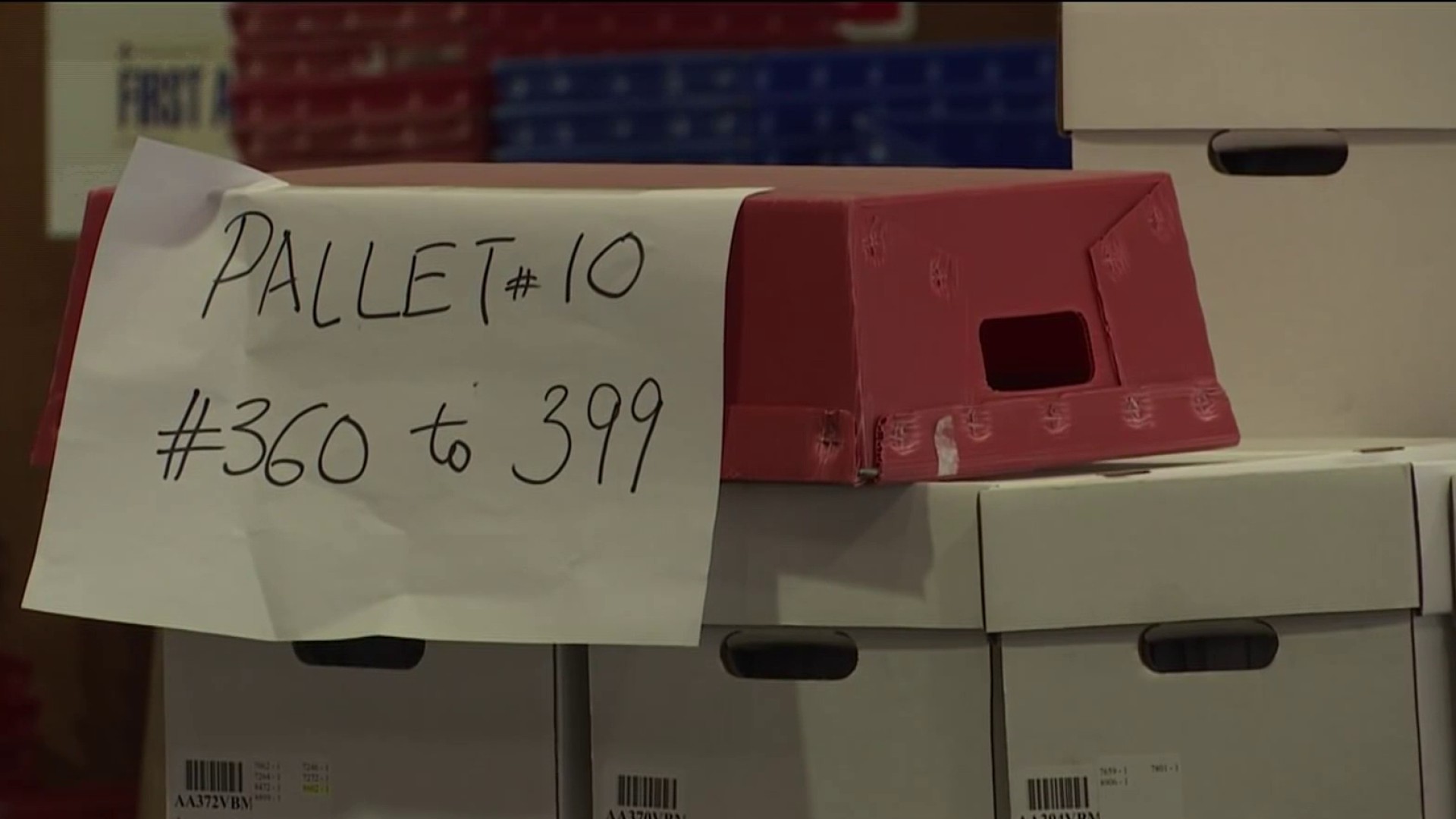Muni officials now say the damage to couplers linking Muni cars is far more significant than previously known, and the critical connections will have to be redesigned to prevent further failures.
"As we inspected every single vehicle we actually found upwards of 25 to 30 couplers with damage" said acting Muni head Julie Kirschbaum, in briefing for the Muncipal Transportation Agency governing board on Tuesday.
NBC Bay Area’s Investigative Unit was first to report on the failure of two of the coupler pins. Those pins are designed to take the brunt of the force in a collision, and help carry electrical current from one car to another.
Now, Muni officials say they think they know what led to the previous failures.
“What actually happened is related to the design of the actual coupler itself,” she said.
The problem is with the end stop, a device designed to stop coupled cars from swinging too widely during turns. But in the field, the end stop is overly restrictive, damaging the couplers during sharp turns. The two pins failed because while the end stop worked during turns, the coupler pins were damaged from the added force.
“Siemens will have to replace all the coupler heads that have been damaged,” she said. “Understanding the issues at play will allow us to fix this very quickly.”
Local
The short term fix involves replacing the damaged couplers by June, but she said they will ultimately have to be redesigned over the long term.
MTA Director Ed Reiskin, set to leave the agency in August, also said train builder Siemens will have to pay for any short or long term fix.
“The coupler is a very clear case of the design not working as intended,” Reiskin said. “That is solely their responsibility under the contract.”
Meanwhile, Muni has also come up with a short term fix for the new cars’ doors - after three separate incidents where they closed on passengers hands.
In October, a man’s bag of donuts got caught in a door and he fell onto the trackway. On Christmas day, another passenger got stuck and fell. Then, last month, an elderly woman was seriously injured when her hand got caught in the rear door of a train at the Embarcadero station. She was briefly dragged and then fell into the trackway.
In each of those incidents, Kirschbaum said, the car rear door only had a single bank of sensors – known as a sensitive edge.
After the incident in April, Muni announced it was putting a bank of sensors on the actual door of seven train cars. It will soon retrofit all the cars in service with that second bank of sensors.
But now, Kirschbaum says, Siemens will add a third bank of sensors.
“This is an interim solution,” she said, saying the short-term fix will likely create maintenance headaches. “But it will significantly enhance the doors and allow us to put the vehicle back in service.”
Kirschbaum noted that it was not just passengers who have gotten stuck. She said she, too, got her hand caught in a door during a demonstration for the media on a car that already had two rows of sensors.
Muni says the third row of sensors could be installed as soon as next month.



